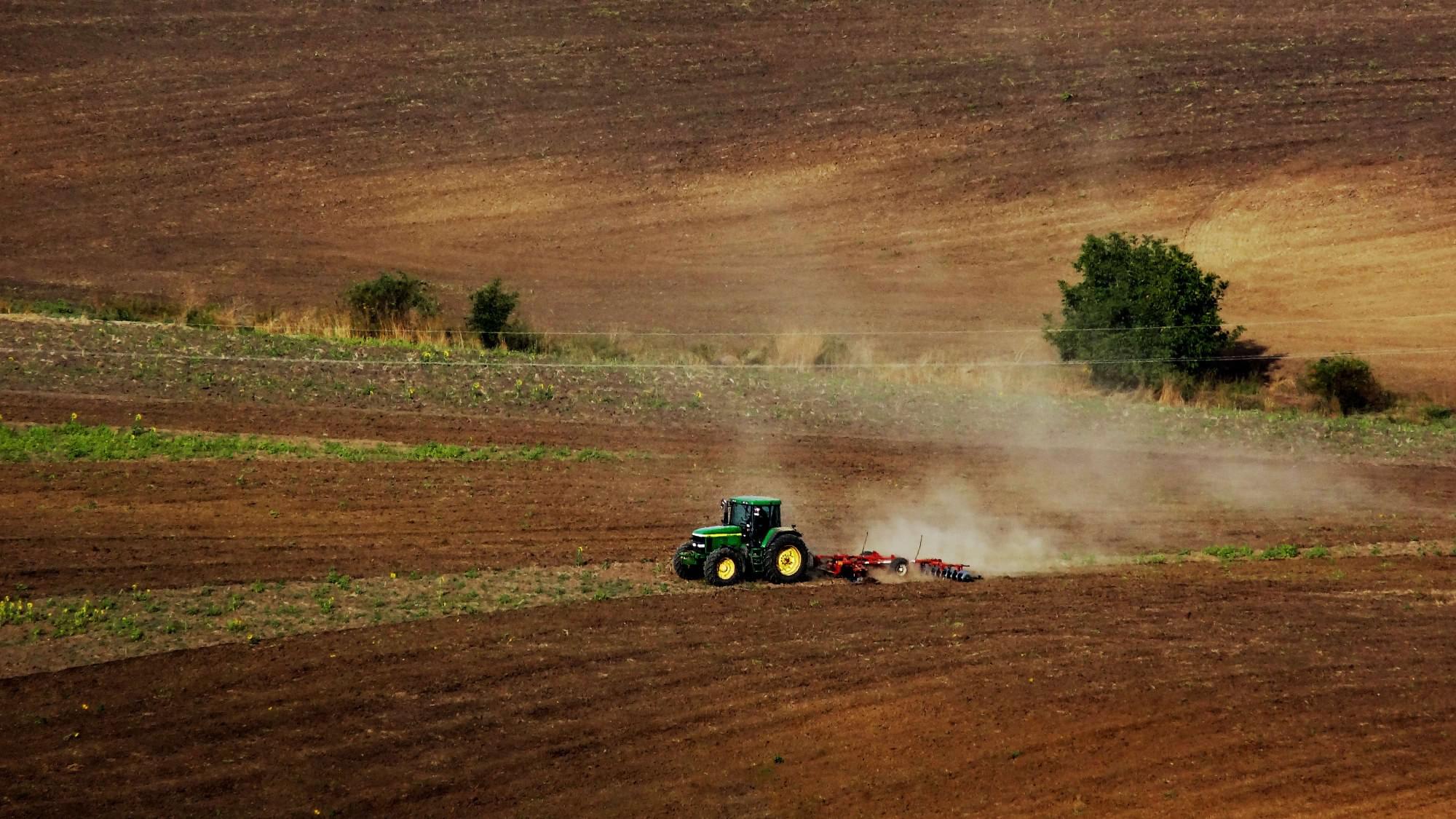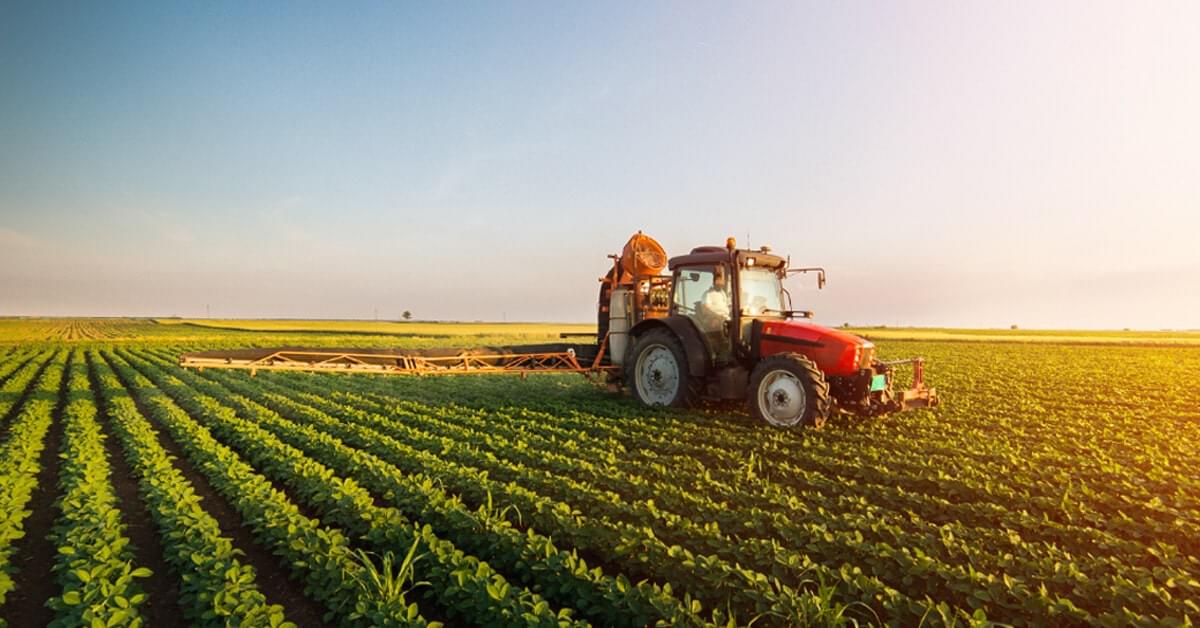Throughout the Industrial Revolution, agricultural practices have continued to advance, and this trend has accelerated since the “green revolution” in the middle of the 20th century. At every step, improvements in agricultural methods led to enormous gains in crop yields per unit of arable land. During the course of a century, the world’s population has doubled, but it has survived because to this incredible increase in food production. The area devoted to feeding people has expanded along with the human population. According to data from the World Bank, more than 700 million hectares (1.7 billion acres) of the planet’s arable land—nearly half of all cultivated land—was used to grow corn, wheat, rice, and other major cereal grains in 2016. Yet it’s likely to be more harder than it has been up to this point to meet the need for increased agricultural production in the decades to come. This is due to a number of ecological factors. A large number of the natural mechanisms that enable modern agriculture are becoming unstable due to global climate change. Yet, the sustainability crisis is also partially a result of contemporary agriculture. Many of the methods and adjustments that farmers use to increase productivity are environmentally harmful. The Environmental Impacts of Agricultural Modifications are described in three ways:
Irrigation
Worldwide, agriculture accounts for 70 percent of human freshwater consumption. A great deal of this water is redirected onto cropland through irrigation schemes of varying kinds. Experts predict that to keep a growing population fed, water extraction may increase an additional 15 percent or more by 2050. Irrigation supports the large harvest yields that such a large population demands. Many of the world’s most productive agricultural regions, from California’s Central Valley to Southern Europe’s arid Mediterranean basin, have become economically dependent on heavy irrigation.
Sponsered1
The effects of this extensive freshwater diversion are coming to the attention of both scientists and farmers. The loss of aquifers, river systems, and downstream ground water are some of the most evident effects. Irrigation does, however, have a variety of other unfavorable effects. Waterlogging can occur in areas that have received excessive irrigation, which results in soil conditions that harm plant roots through anaerobic decomposition. In areas where water has been diverted, soils may become over salted, which will hinder plant growth. Increases in water evaporation brought on by irrigation have an effect on the temperature, pressure, and moisture content of the atmosphere.
Livestock Grazing
A huge amount of agricultural territory is used primarily as pasture for cattle and other livestock. In the western United States, counting both federally managed and privately owned grazing lands, hundreds of millions of acres are set aside for this purpose—more than for any other type of land use. Agricultural livestock are responsible for a large proportion of global greenhouse gas emissions, most notably methane. In addition, overgrazing is a major problem regarding environmental sustainability.
Sponsered1
In some locations, swaths of pasture land are depleted to the point that grasses cannot recover. Native plants’ root systems can suffer so severe damage that the species may go extinct. The interaction of overgrazing and fecal wastes can contaminate or jeopardize water sources close to streambeds and in other riparian regions where cattle congregate. Even soil can be harmed by trampling by cattle and other large grazing animals. Due to nutrient runoff, bare, compacted terrain can cause soil erosion and topsoil quality deterioration. Several delicate ecosystems and wildlife habitats may become unstable as a result of these and other disturbances.
Chemical Fertilizer
Synthetic fertilizers containing nitrogen and phosphorus have been at the heart of the intensified farming from World War II to the present day. Modern agriculture has become heavily dependent on these chemical inputs, which have increased the number of people the world’s farms can feed. They are particularly effective in the growing of corn, wheat, and rice, and are largely responsible for the explosive growth of cereal cultivation in recent decades. China, with its rapidly growing population, has become the world’s leading producer of nitrogen fertilizers.
Sponsered1
While these compounds have assisted in doubling the rate of food production, they have also contributed to a massive rise in the amount of reactive nitrogen in the environment, possibly by up to 600%. The once-beneficial nutrients have turned into contaminants as a result of the excess nitrogen and phosphorus present. In synthetic fertilizers, about half of the nitrogen escapes from the fields where it is used and into the soil, air, water, and rainfall. Rainstorms or irrigation systems transport these pollutants into groundwater and river systems after soil microbes transform nitrogen from fertilizer into nitrates. The buildup of nitrogen and phosphorus causes eutrophication, which damages terrestrial and aquatic ecosystems by overloading them with nutrients.
Lakes in China, the US, and other countries are affected by toxic algae blooms because of nutrient pollution. In aquatic environments, high concentrations of organic matter can lead to oxygen depletion and the creation of “dead zones” where nothing can exist. Instances of this occur frequently in the Gulf of Mexico. The health of native plant species, natural habitats, and biodiversity are all at risk due to nitrogen buildup in water and on land. Nitrous oxide, one of the most dangerous greenhouse gases, is also formed and released when fertilizer is applied to soil.
The conflict between sustained agricultural expansion and the ecological soundness of the land on which humans depend will only worsen as the world population continues to soar.
Sponsered1




